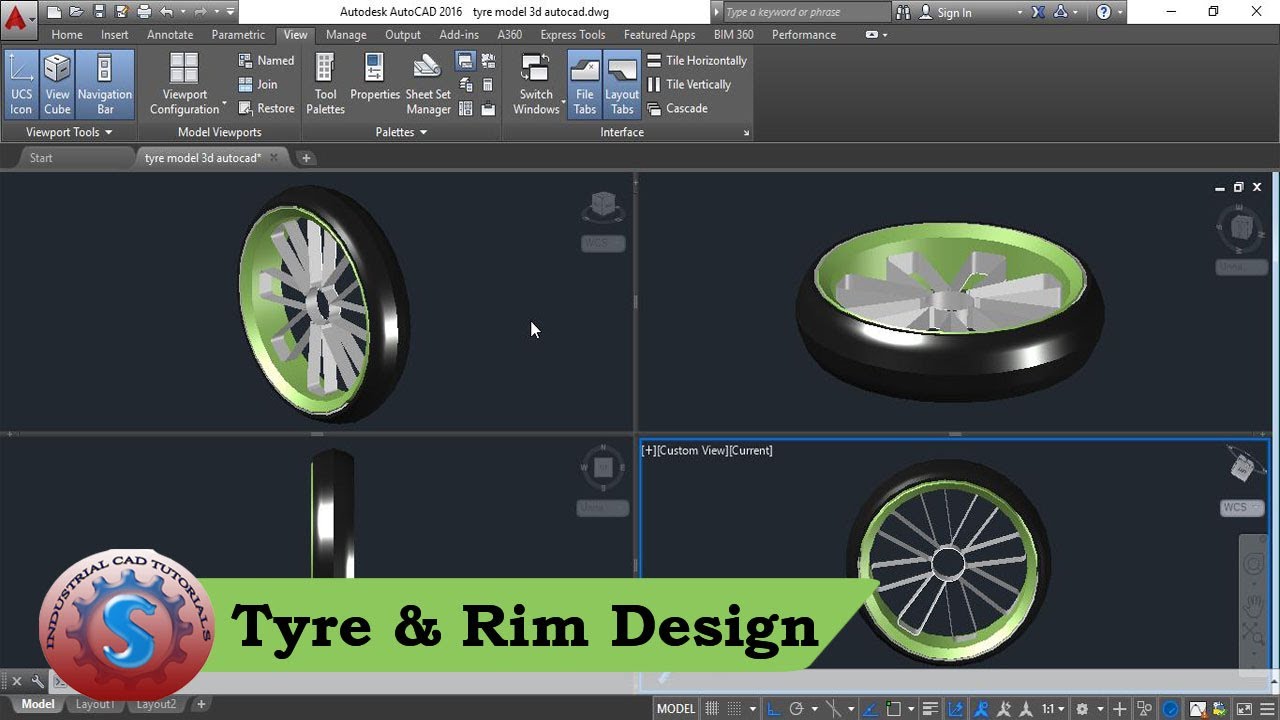Automobile design in AutoCAD refers to the process of creating and visualizing the design of automobiles using the AutoCAD software. AutoCAD is a powerful computer-aided design (CAD) software widely used in various industries, including automotive design.
Automobile design in AutoCAD involves creating precise and detailed 2D and 3D digital representations of vehicle components, such as the body, chassis, interior, and exterior features. AutoCAD provides a range of tools and features specifically tailored for automotive design, allowing designers to develop accurate and visually appealing car designs.
Here are some key aspects of automobile design in AutoCAD:
- Conceptualization: Automobile designers start by creating initial sketches and conceptual drawings to explore different design ideas. These concepts are then translated into digital format using AutoCAD.
- 2D Design: AutoCAD allows designers to create 2D drawings of car components with precise measurements, including plans, elevations, sections, and detail views. These drawings serve as the foundation for further development.
- 3D Modeling: AutoCAD enables designers to create detailed 3D models of automobiles, providing a realistic representation of the final product. This includes modeling the body shape, individual components, and complex assemblies.
- Parametric Design: AutoCAD supports parametric modeling, where designers can define parameters and constraints to control the dimensions, relationships, and behavior of the design. This allows for quick modifications and iterations throughout the design process.
- Visualization and Rendering: AutoCAD offers visualization tools that allow designers to apply materials, textures, and lighting to their 3D models. Rendering capabilities help create realistic and high-quality images or animations to showcase the vehicle design.
- Collaboration and Documentation: AutoCAD facilitates collaboration between designers, engineers, and other stakeholders by enabling the sharing and revision of design files. It also allows for the creation of detailed technical documentation, including part lists, assembly instructions, and manufacturing drawings.
- Analysis and Simulation: AutoCAD can integrate with other software tools for performing analysis and simulations, such as stress analysis, aerodynamics, and ergonomics. This helps evaluate the performance and feasibility of the design.
Overall, automobile design in AutoCAD streamlines the design process, enhances creativity, and provides a comprehensive set of tools for creating and visualizing automotive designs. It enables designers to efficiently develop innovative and functional car designs while considering various engineering and manufacturing considerations.

